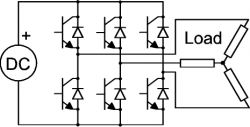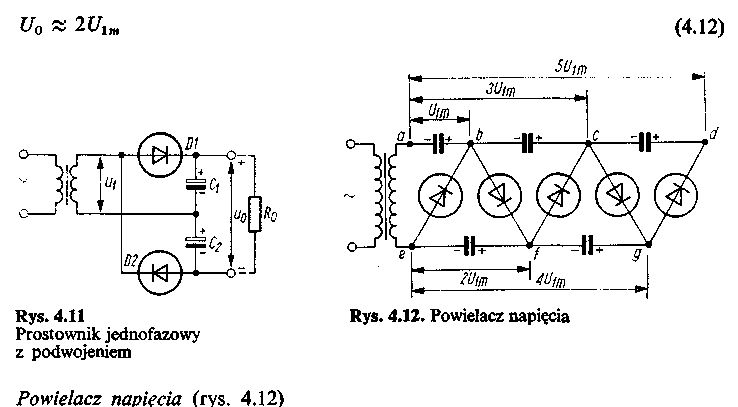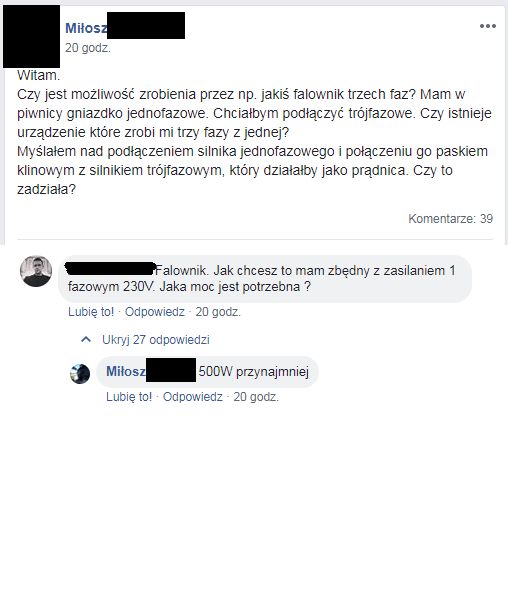Hello.
Is it possible, for example, to make a three-phase inverter? I have a single-phase socket in the basement. I would like to connect three-phase. Is there a device that can do three phases from one?
I was thinking about connecting a single-phase motor and connecting it with a V-belt to a three-phase motor that would act as a generator. Will it work?
Is it possible, for example, to make a three-phase inverter? I have a single-phase socket in the basement. I would like to connect three-phase. Is there a device that can do three phases from one?
I was thinking about connecting a single-phase motor and connecting it with a V-belt to a three-phase motor that would act as a generator. Will it work?





